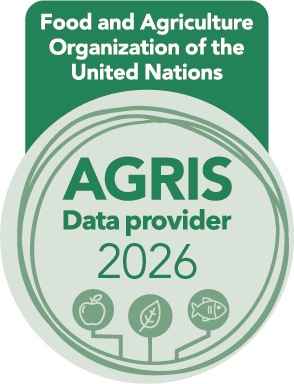The Growth and Yield Response of Dry Beans (Phaseolus vulgaris L.) Varieties to Planting Date in Bela-Bela, the Limpopo Province, South Africa
DOI:
https://doi.org/10.5455/faa.253902Keywords:
Planting time, Leaf area index, Sowing time, Common bean, Pods per plant, Grain yieldAbstract
Dry bean (Phaseolus vulgaris L.) is a significant leguminous crop owing to its elevated protein levels. A field experiment was carried out to assess the influence of planting date on growth, dry bean yield, and yield components during the 2017/2018 and 2018/2019 planting periods at Towoomba research station, Bela Bela, South Africa. Two varieties of dry beans were planted: Kranskop (indeterminate, red speckled) and Pan 123 (determinate, small white). The planting dates consisted of 14 December 2017, 31 January 2018, 15 November 2018, 20 December 2018 and 17 January 2018. The experiment was set up in a randomized complete block design with three replications. The chlorophyll content, leaf area index (LAI), plant height, number of pods per plant, number seeds per pod, number of seeds per plant, hundred seed weight and grain yield were significantly influenced by interaction relationship between planting date and varieties. Planting Pan 123 in November 2018 resulted in the highest number of pods per plant (52) and number of seeds per plant (198). The highest grain yield (3.85 t ha-1) for Pan 123 was produced when planted in December 2018. Planting Kranskop in December resulted in high LAI (3.51), number of seeds per pod (4.28) and grain yield (4.97 t ha-1). December seems to be the best planting time for both varieties in bela-bela.
Downloads
Downloads
Published
How to Cite
Issue
Section
License
Copyright (c) 2025 By the AUthor(s)

This work is licensed under a Creative Commons Attribution-NonCommercial 4.0 International License.





















